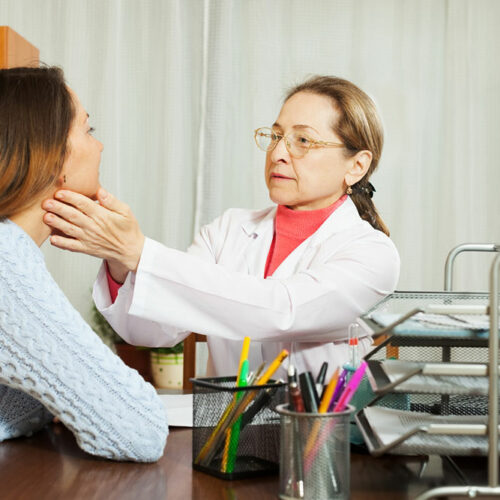Common early warning signs of lymphoma

Lymphoma is a type of cancer affecting the body’s lymph system. This system comprises organs and tissues that help maintain good health and fight infections. Lymph nodes are essential organs of the lymph system affected by the condition. These nodes hold special white blood cells, which keep immunity strong. There are two types of lymphoma, and the symptoms vary according to the type. Here are some early signs and symptoms to never ignore. Swollen or enlarged lymph nodes Both types of lymphoma, Hodgkin and non-Hodgkin, trigger a common symptom: swollen or enlarged lymph nodes. Lymph nodes circulate lymph fluid to the entire body. This fluid contains immune cells crucial in keeping one healthy and performing other vital functions. There are around 600 lymph nodes in the body, which can get swollen or enlarged with lymphoma. However, the lymph nodes in the underarm area, above the collarbone, in the groin region, and at the side of the neck are often affected when someone develops the condition. Although lymph node swelling is an essential sign of lymphoma, it may sometimes be associated with another non-cancerous infection. Hence, individuals must consult a healthcare professional for a diagnosis before jumping to conclusions. The other symptoms of lymphoma can vary depending on the type and location of the cancer.






